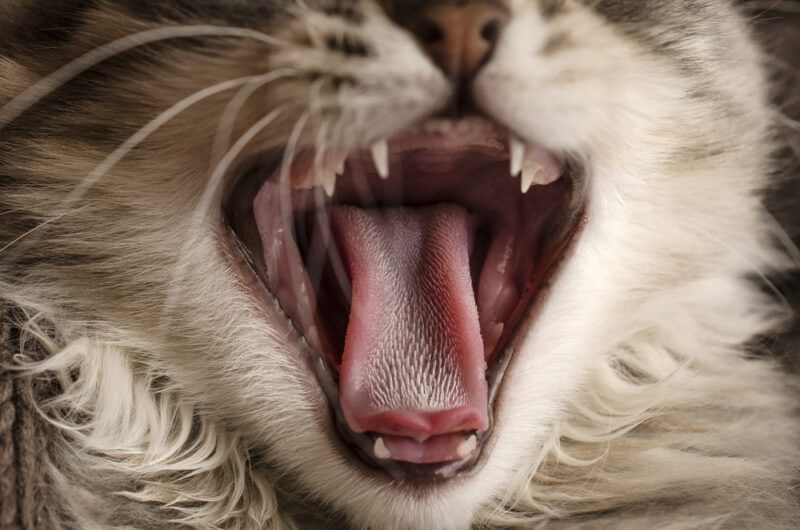For generations, people have been enthralled by cats because of their elegant movements and mysterious personalities. Their tongue is one of their most fascinating, yet frequently disregarded, characteristics. Beyond its apparent use in grooming, the cat’s tongue is a natural wonder that is made for effective prey hunting and ingestion. The intriguing anatomy of a cat’s tongue will be examined in this article, along with its special structure, uses, and significance in the feline world.
The Microscopic Marvel
A Grooming Masterpiece
A Hunting Tool
Beyond grooming, the cat’s tongue is a formidable hunting tool. When a cat captures prey, it uses its tongue to rasp meat from the bones. The backward-facing papillae on the tongue act like miniature hooks, pulling meat away from the bones and allowing the cat to consume its meal efficiently. This adaptation is particularly important for cats, as it enables them to extract the maximum nutritional value from their prey, ensuring their survival in the wild.
